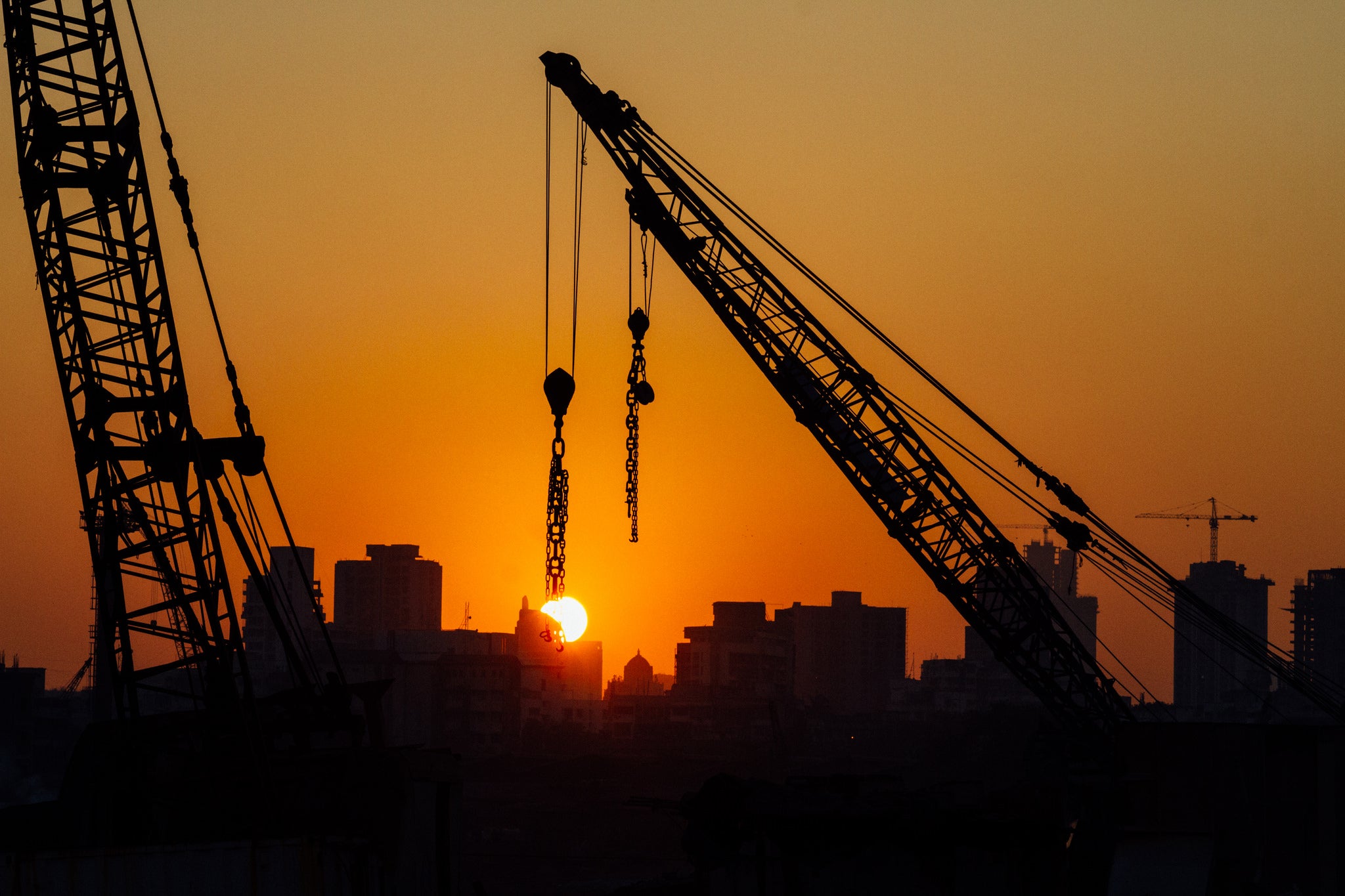
Photo: Adam Cohn | Flickr Creative Commons
India, until recently the fastest growing economy in the world, realized long ago the need for developing infrastructure to fuel its growth. The government also realized that doing so with public funds would not be sufficient. Hence, India rolled out one of the largest Public-Private Partnership (PPP) programs in the world over the first decade of the 21st century.
But India’s massive program also brought with it some challenges, which eventually slowed down the growth of PPPs over the last five years. Yet, this was not the end of the program or our national infrastructure ambitions. This was a learning period, and the relevant government agencies have been efficient in mapping out the constraints that plagued the PPP market and are working on policies to remedy them. It remains to be seen whether or not the implementation of these corrective measures will put the jewel back in the crown of Indian PPPs, but it is a step in the right direction.
India saw an unprecedented surge in the number of infrastructure projects being implemented through PPPs during its 11 th five-year plan, especially in the transport and power sectors.
According to World Bank data on the Private Participation in Infrastructure (PPI) Database, India was the top recipient of PPI activity from 2008 to 2012. India alone accounted for almost half of the investment in new PPI projects in developing countries during 2011. This was the result of propitious policy, and regulatory and institutional initiatives undertaken by the relevant government institutions. The establishment of the apex committee—the Public Private Partnership Appraisal Committee—under the chairmanship of the erstwhile Prime Minister, coupled with the adoption of standardized bidding documents, helped in dramatically streamlining the appraisal and approval of projects. The government provided innovative financing support mechanisms, for example viability gap funding or establishment of institutes like the India Infrastructure Project Development Fund (IIPDF) for funding project preparation and the India Infrastructure Finance Company Limited (IIFCL) for long-term project financing, which signaled other lenders to invest in a project. Some sector-focused initiatives like the Jawaharlal Nehru National Solar Mission and various phases of the National Highways Development Project also led to large-scale mobilization of private sector financing through PPPs.
The slowdown of PPPs in India
According to the PPI Database, in 2015, PPI investment in India fell for the fifth consecutive year, hitting a 10-year low at $3.9 billion. While the global economic slowdown played a role in the slowdown of infrastructure investment through PPPs in India, other major issues also contributed. On the government side, PPPs have been affected adversely by factors such as delays in land acquisition and clearances, shifting of utilities, right of way issues, leading to time and cost overruns. Additionally, on the private sector side, inadequate due-diligence by project developers as well as project finance banks also resulted in many bank loans being rendered as non performing. Infrastructure loans were a major contributor to the rising non-performing assets (NPAs) in the country, mostly the ones approved by the state-owned Public Sector Undertaking (PSU) banks. Capital markets are inadequately developed and are dominated by a safe asset class of quasi-government entities leaving virtually no appetite for infrastructure projects that are perceived as risky assets.
Reinvigorating PPPs in India
The time to revitalize PPPs in India is now, and by looking back and applying the lessons for the last two decades, the country will be able to accelerate its infrastructure agenda by leveraging private financing. Already, the Kelkar Committee has made robust recommendations to revitalize the PPP architecture in India, which if followed through gives India a shot not at just regaining its former glory in the field of PPPs, but ensuring their long-term viability. Some of the latest government initiatives tackle the biggest challenges head on and show the commitment of the different government agencies, for example:
- The establishment of the National Investment and Infrastructure Fund (NIIF), a quasi-sovereign wealth fund, as a catalyst for supporting commercially viable projects, including stalled projects.
- Procedures for obtaining environment and forest clearances have been expedited and simplified and is now an online process.
- In the roads sector, a new hybrid annuity model has been launched with good response from private players.
- The National Highways Authority now awards projects only after 80% of the project land has been acquired.
A quick, efficient and unambiguous dispute resolution mechanism should be built into the PPP contracts, so that disputes don’t drag on for ages, crippling projects. A dispute resolution body should be appointed for expeditiously resolving disputes in existing projects, as each day’s delay costs the public.
Given the slowdown in bank lending, impetus should be provided to monetizing viable assets with stable cash flows, as well as refinancing projects to optimize on the rate of interest and tail period. Alternate financing instruments like Zero Coupon Bonds could lower the debt servicing costs in the initial phase of projects.
India should move forward with zeal, knowing that it built some of the finest airports in the world through PPPs in Mumbai and Delhi.
A little bump in the road shouldn’t derail India from its PPP fast track.
Related Posts
Strategic investment funds and government innovations for infrastructure development
In India, a hospital that’s just what the doctor ordered
Innovative financing: the case of India Infrastructure Finance Company


Join the Conversation